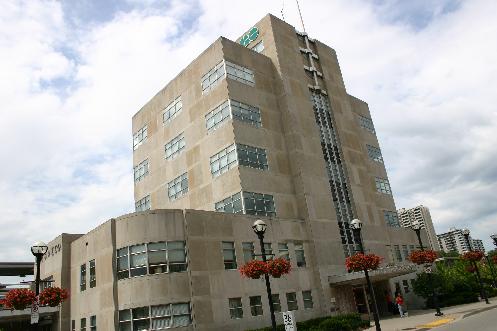Markster
Senior Member
Current conditions are subject to change, as they will be building new support structures for the new bridge. Anything you see today would be an artifact of the old bridge.Just took a look at a long range shot of Margaret St and it looks like there is enough clearance for 3 tracks now, depending on the clearance height under the overpass for the 3rd track. Long shot and close looks can two different things. High speed only surface in the last 6 month and well after any plan was drawn up for the replacement bridge. It maybe cheaper to lower the tracks than replace the new bridge if there is enough room for 3 tracks in the first place.
You can read all about the Margaret replacement here.
Suprisingly to me, I see this passage:
Looks like 3-track operation is not entirely out of the question, even with the 2-track bridge.• GO Transit's position is that the currently proposed bridge opening (2-track option) is
sufficient to meet their needs now and for the expansion to two-way all-day GO train service.
A copy of GO Transit's February 18, 2014 correspondence is included in Appendix B. This
position was confirmed in correspondence dated April 21, 2014 and June 12, 2014. It was
re-confirmed in teleconference with City staff on July 23, 2014.
• In recent discussions, GO Transit sees the current opening as having potential for three (3)
tracks. This would be accomplished by relaxing standards for horizontal clearances and
accepting any related impact to operability of the trains under the bridge.






